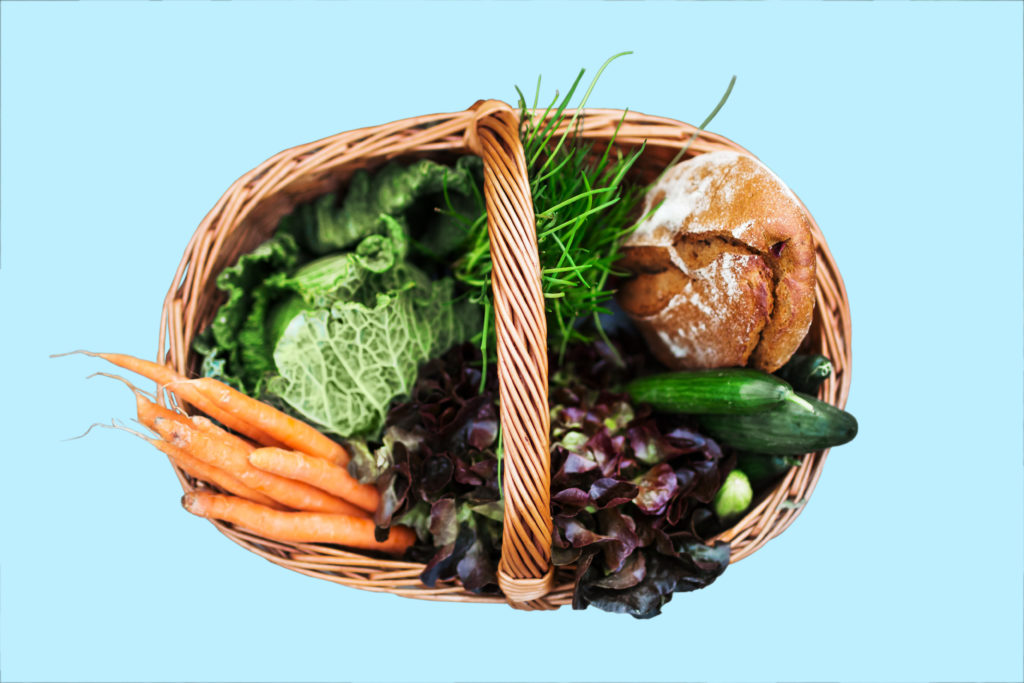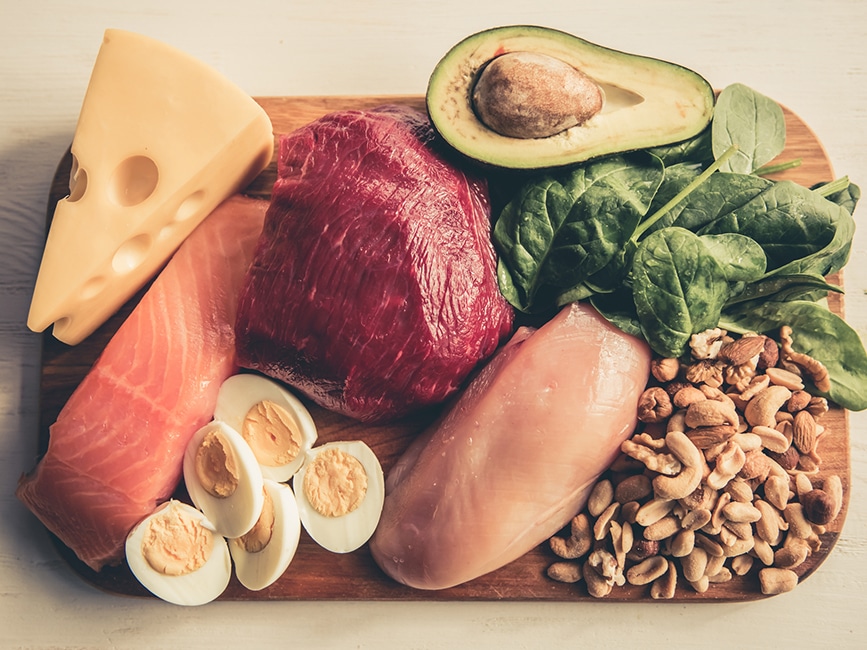Defining Healthy Food Positively
Focus on the bright side to make food choices shine.

It seems more Americans are ready to focus on the good news about eating salads and whole-grain breads. According to the International Food Information Council’s 16th annual Food & Health Survey, how consumers define a “healthy” food has taken on a more positive tone since 2016. More people define “healthy” as containing certain healthful components, and fewer base their assessment on what a product doesn’t contain or whether it has lower levels of “negative nutrients,” like sugar and sodium.
The survey, which collected 1,014 responses from adults ages 18–80 in March, showed that 27% of adults believed healthy foods included fruits, vegetables, protein and fiber, whereas only 17% said so in 2016. When it came to how respondents defined a healthy eating pattern, the most common responses were “eating appropriate portion sizes at each meal,” “avoiding processed foods” and “the right mix of different foods.”
Based on this data, perhaps it would be wise for those making healthy eating suggestions—including physicians, dietitians and health policymakers—to concentrate on the positive aspects of food rather than harping on the bad stuff. Also, food manufacturers may want to flaunt the good stuff in their products, as opposed to focusing on what their foods don’t contain. More positive choices could follow.
See also: Healthy Food: Seeing Is Believing
Matthew Kadey, MS, RD
Matthew Kadey, MS, RD, is a James Beard Award–winning food journalist, dietitian and author of the cookbook Rocket Fuel: Power-Packed Food for Sport + Adventure (VeloPress 2016). He has written for dozens of magazines, including Runner’s World, Men’s Health, Shape, Men’s Fitness and Muscle and Fitness.



